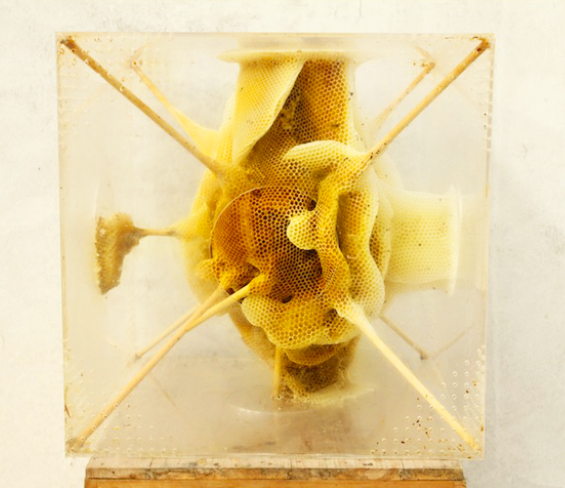Blog Prompt: Create a Chat in ChatGPT and describe a basic website. Give some sense of the layout, colors and typography. Ask that the response be coded in HTML5 and CSS as one HTML page. Download the file and open it in a browser.
After reading the articles above and performing the coding exercise, share your thoughts about what this all means for the future of coding. What does AI mean for software, game, app and web development? What are your concerns about the profession and what do you see are the opportunities? How might this affect your own future plans?
Opportunities:
1. Increased Efficiency: AI can automate repetitive tasks, speeding up the development process. This can lead to faster project turnovers, more time for developers to focus on complex problem-solving, and ultimately, more innovative products.
2. Enhanced Creativity: With AI tools, developers can explore new possibilities in design and functionality that were previously difficult or impossible to achieve. In game development, for instance, AI can generate unique content, creating more immersive and dynamic gaming experiences.
3. Accessibility and Inclusivity: AI can make coding more accessible to a wider audience, including those without a formal background in computer science. This democratization of development could spur a wave of innovation from diverse perspectives.
4. Improved Quality: AI can assist in identifying bugs and vulnerabilities more efficiently than traditional methods, improving the overall quality and security of software.
5. Personalized Experiences: In app and web development, AI can enable the creation of more personalized user experiences through adaptive interfaces and content, enhancing user engagement and satisfaction.
Concerns:
1. Job Displacement: As AI takes over more routine coding tasks, there’s concern about the displacement of jobs, particularly for those in entry-level positions. This necessitates a shift in focus towards more strategic, creative, and oversight roles.
2. Ethical and Security Risks: The integration of AI in development processes introduces complex ethical considerations, including bias in AI algorithms and increased potential for sophisticated cyber-attacks.
3. Dependence on AI: Over-reliance on AI tools could lead to a degradation of fundamental coding skills among new developers, making it difficult to solve complex problems without AI assistance.
Impact on Future Plans:
For individuals in the field, these changes necessitate a proactive approach to skill development, focusing not only on technical coding skills but also on understanding AI and machine learning concepts. There’s a growing need for skills in data science, AI ethics, and human-computer interaction to design and implement AI-integrated systems effectively.
The future will likely require a more interdisciplinary approach to development, blending coding with other fields such as psychology, design, and ethics. Staying adaptable, continuously learning, and embracing a multidisciplinary perspective will be key to thriving in this evolving landscape.
In conclusion, the integration of AI in development fields is a double-edged sword, offering the potential to significantly advance technology and bring creative ideas to life more efficiently, while also presenting substantial challenges that need to be navigated carefully. The future of coding with AI will be shaped by how well the industry can balance these opportunities and concerns, ensuring that technological advancements lead to positive outcomes for all stakeholders involved.
